Trimbakeshwar Jyotirlinga temple history, Significance, location, nearest place
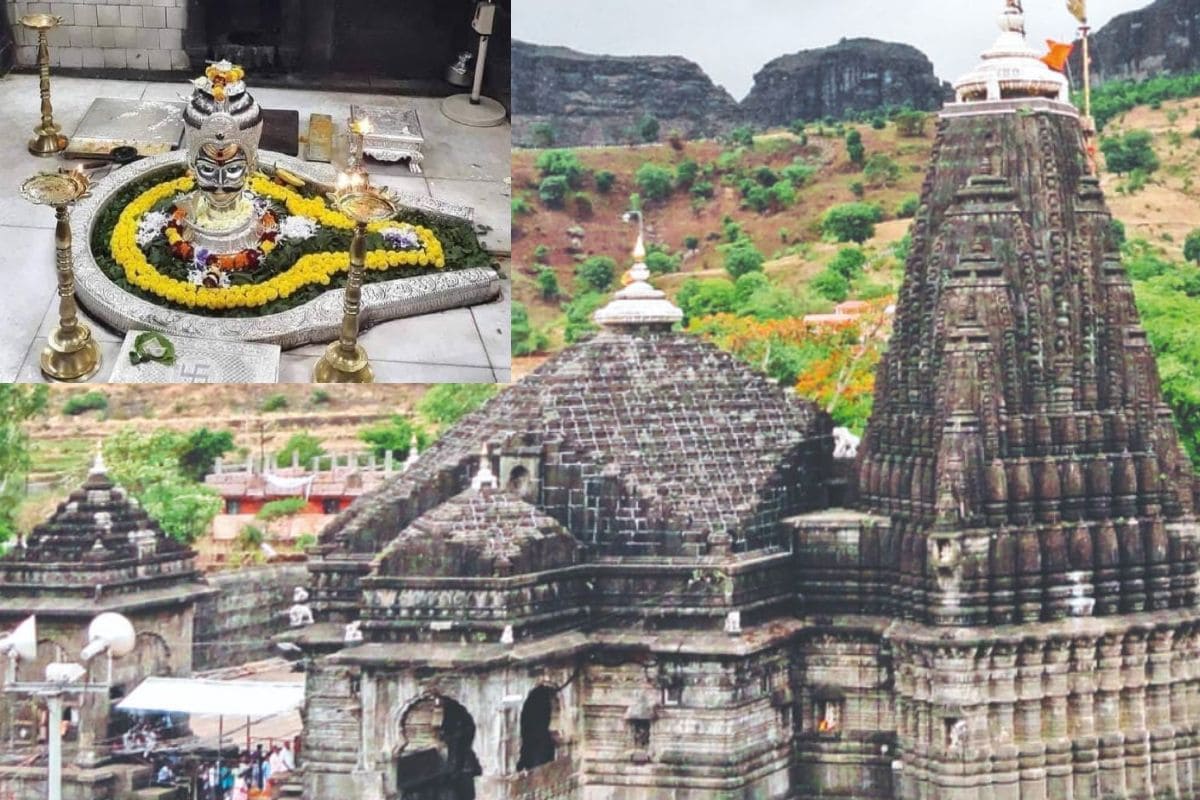
Trimbakeshwar Jyotirlinga Temple
‘Trimbakeshwar’ means “The Lord of the Three Eyes” (Trimbak = Three-eyed, Ishwar = Lord), referring to Lord Shiva, who possesses the third eye of wisdom. The Trimbakeshwar Jyotirlinga, located in the Nashik district of Maharashtra, is one of the twelve sacred Jyotirlingas of Lord Shiva and holds great religious importance in Hinduism. This temple is not only a center of Shiva worship but also the origin of the Godavari River, often called the “Ganga of the South.”
This sacred shrine is known for its unique Jyotirlinga, which has three faces representing Lord Brahma, Lord Vishnu, and Lord Shiva—symbolizing the Trimurti (Trinity of Hinduism). Unlike other Jyotirlingas, which feature a single Shivalinga, the Trimbakeshwar linga is distinguished by this triune form.
The temple is deeply connected with legends of Sage Gautama and the descent of the Godavari River. It’s believed that Lord Shiva resided here to fulfill the wishes of Gautama Rishi, making the site highly pious. The temple is also famous for various pujas, including Kaal Sarp Dosh Nivaran, Narayan Nagbali, and Maha Mrityunjaya Jaap.
Location
The Trimbakeshwar Temple is located in Trimbak town, approximately 28 km from Nashik city in Maharashtra, at the foot of the Brahmagiri Hills, where the Godavari River originates. It is well-connected by road and rail:
- 28 km from Nashik City (Maharashtra)
- About 200 km from Mumbai
- Approximately 230 km from Pune
The temple’s surroundings are peaceful, with scenic hills and forests, adding to the spiritual atmosphere. Pilgrims often combine their visit with a trip to the Brahmagiri hills, where the Godavari River takes its birth.
How to Reach Trimbakeshwar
- Start from Nashik City
- Drive 28 km via Trimbak Road
- Reach Trimbak town
- Temple is centrally located and accessible by foot
Nearby Places to Visit Around Trimbakeshwar Temple
1. Brahmagiri Hills (1 km uphill):
Significance: Source of the Godavari River; sacred trekking route with panoramic views.
2. Kushavarta Kund (0.2 km):
Significance: Sacred water tank where Godavari re-emerges; believed to wash away sins.
3. Gangadwar (1.5 km):
Significance: The first appearance point of the Godavari River on the surface.
4. Anjaneri Hills (7 km):
Significance: Source of the Godavari River; sacred trekking route with panoramic views.
5. Gautam Kund (0.5 km):
Significance: Associated with Sage Gautama’s penance and origin of Godavari.
6. Nivruttinath Samadhi (0.3 km):
Significance: Tomb of Sant Nivruttinath, elder brother of Sant Dnyaneshwar.
7. Nil Parbat (5 km):
Significance: Scenic hill with a Shiva temple; part of spiritual circuit.
HISTORY
The origin of Trimbakeshwar is deeply rooted in Puranic legends, especially those involving Sage Gautama, Lord Shiva, and the descent of the Godavari River.
According to mythology, Sage Gautama performed intense penance in the region. Once, in an act of unintentional sin, he killed a cow. To absolve his sin, he requested Lord Shiva to bring Ganga to this place. Lord Shiva granted his wish, and Ganga descended as the Godavari River, flowing from the Brahmagiri Hills.
Lord Shiva stayed here in the form of a Jyotirlinga, and thus the temple of Trimbakeshwar was established.
The temple has been renovated and supported over centuries by different rulers:
- The current structure was built in the 18th century by Peshwa Balaji Baji Rao.
- The black stone architecture and Hemadpanthi style give the temple a majestic and ancient look.
- It is a major pilgrimage spot for various Hindu rituals and ceremonies.
TIMELINE
Ancient Times:
- Mentioned in Skanda Purana, as one of the holiest places.
- Location where Sage Gautama meditated and brought the Godavari to earth.
18th Century – Peshwa Period:
- The temple was reconstructed by Peshwa Balaji Baji Rao.
- Constructed in Hemadpanthi style using black basalt stone.
Present Era:
- Continues to be a center for spiritual practices and sacred rituals.
- One of the few temples where special dosha pujas are performed like Kaal Sarp, Pitru Dosh Nivaran, and Mahamrityunjay Jaap.
- Attracts thousands of devotees, especially during Kumbh Mela (held every 12 years in Nashik).
RECONSTRUCTION
Though Trimbakeshwar Temple has not suffered major invasions like other Jyotirlingas, it has been maintained and enhanced over the centuries. The Peshwas of Maharashtra played a major role in reconstructing the temple in the 18th century, using traditional stone architecture and designs that reflected ancient Indian temple craftsmanship.
In recent times, the area around the temple has been beautified, and facilities for pilgrims have been upgraded by the Maharashtra government and temple trust.
Vaidyanath jyotirlinga temple
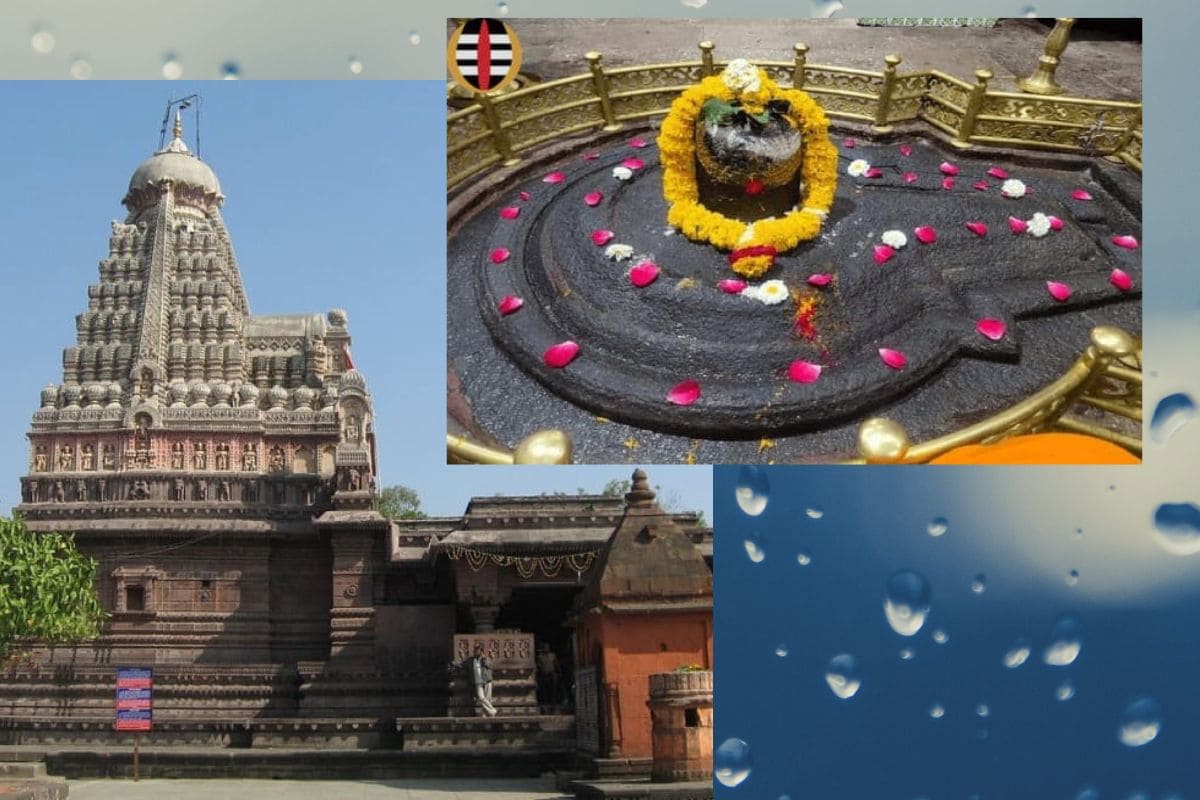
Grishneshwar Jyotirlinga temple history, Significance, location, nearest place
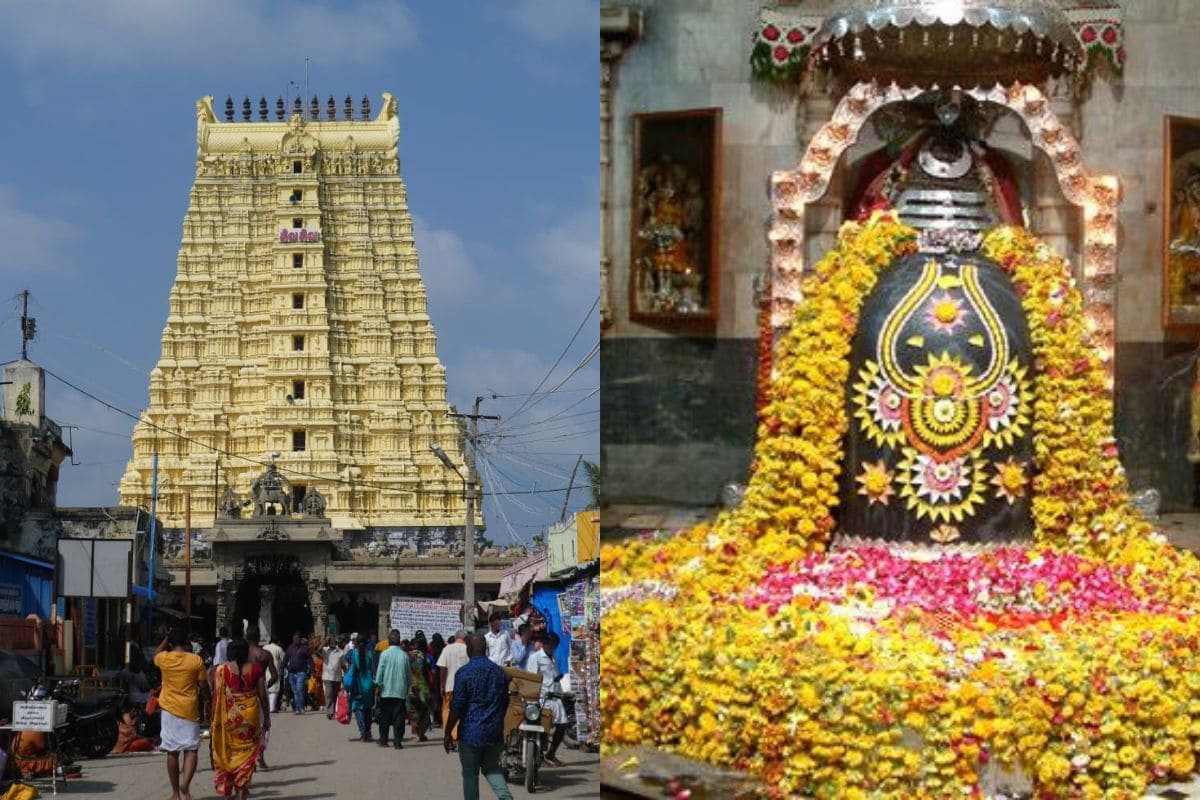
Rameshwaram Jyotirlinga temple history, Significance, location, nearest place
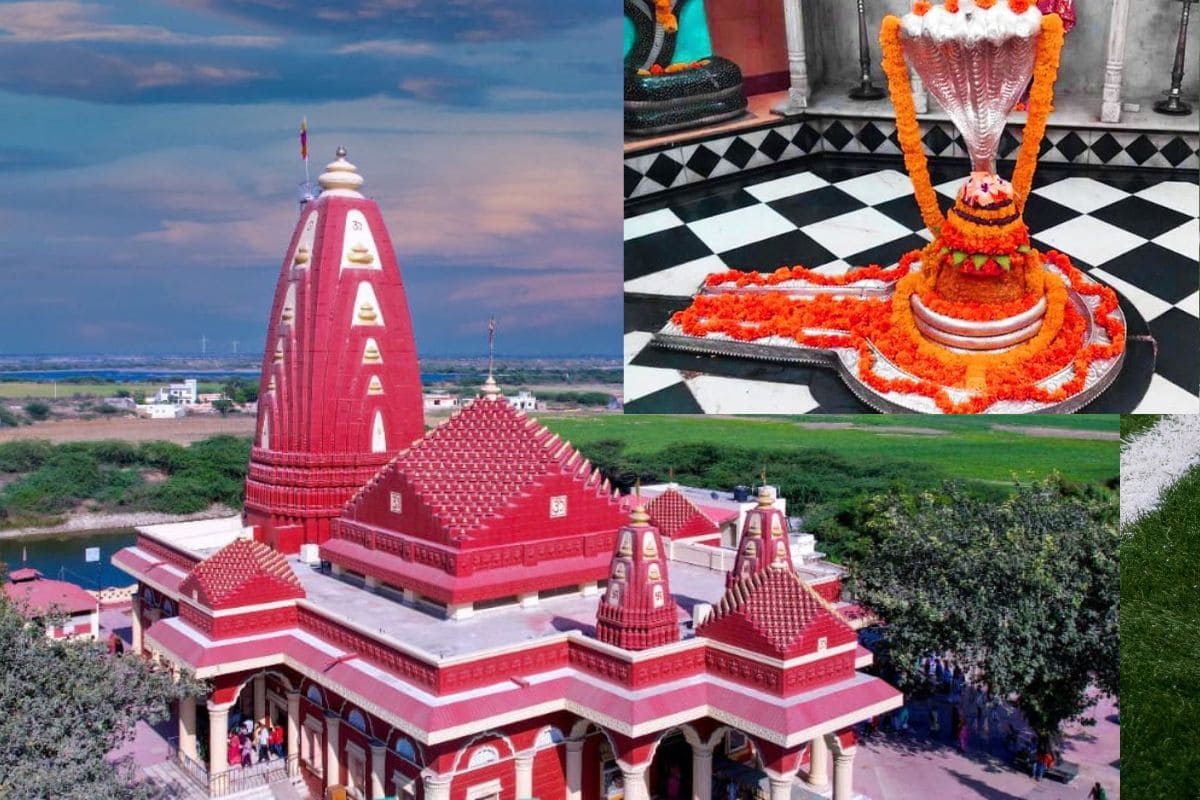
Nageshwar Jyotirlinga temple history, Significance, location, nearest place
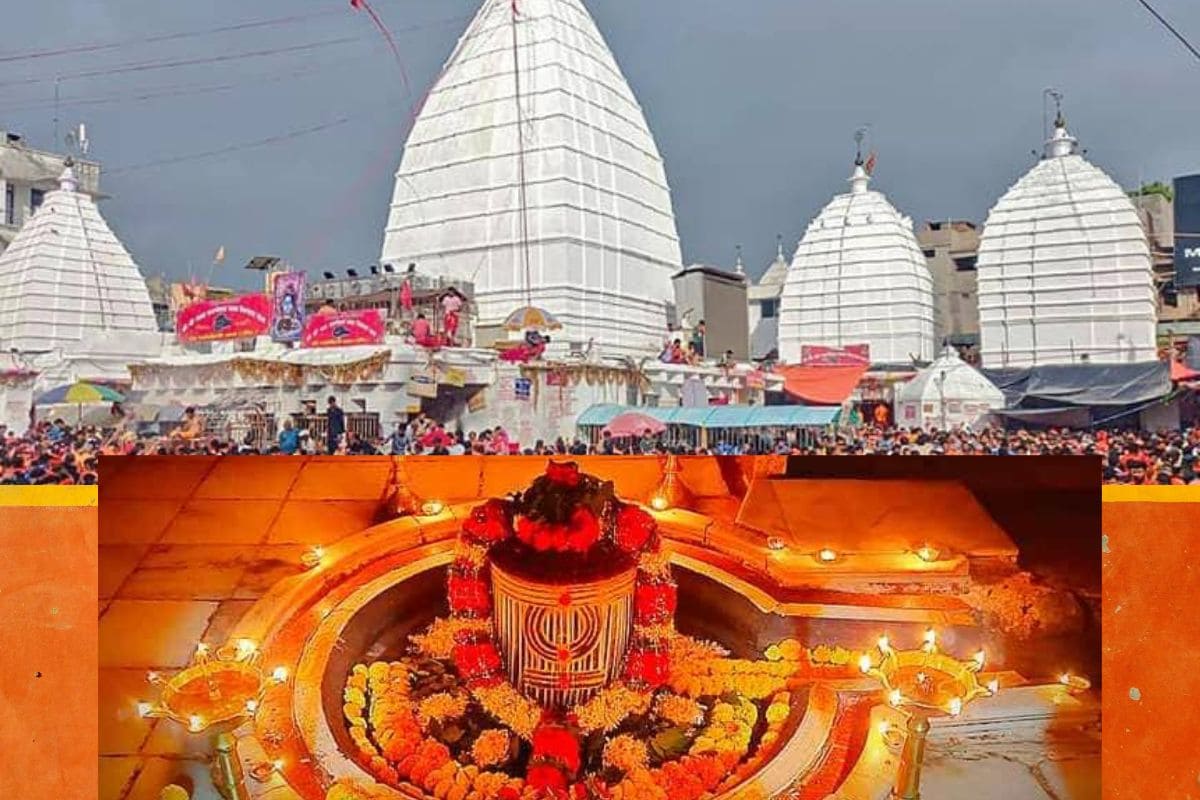
Vaidyanath Jyotirlinga temple history, Significance, location, nearest place
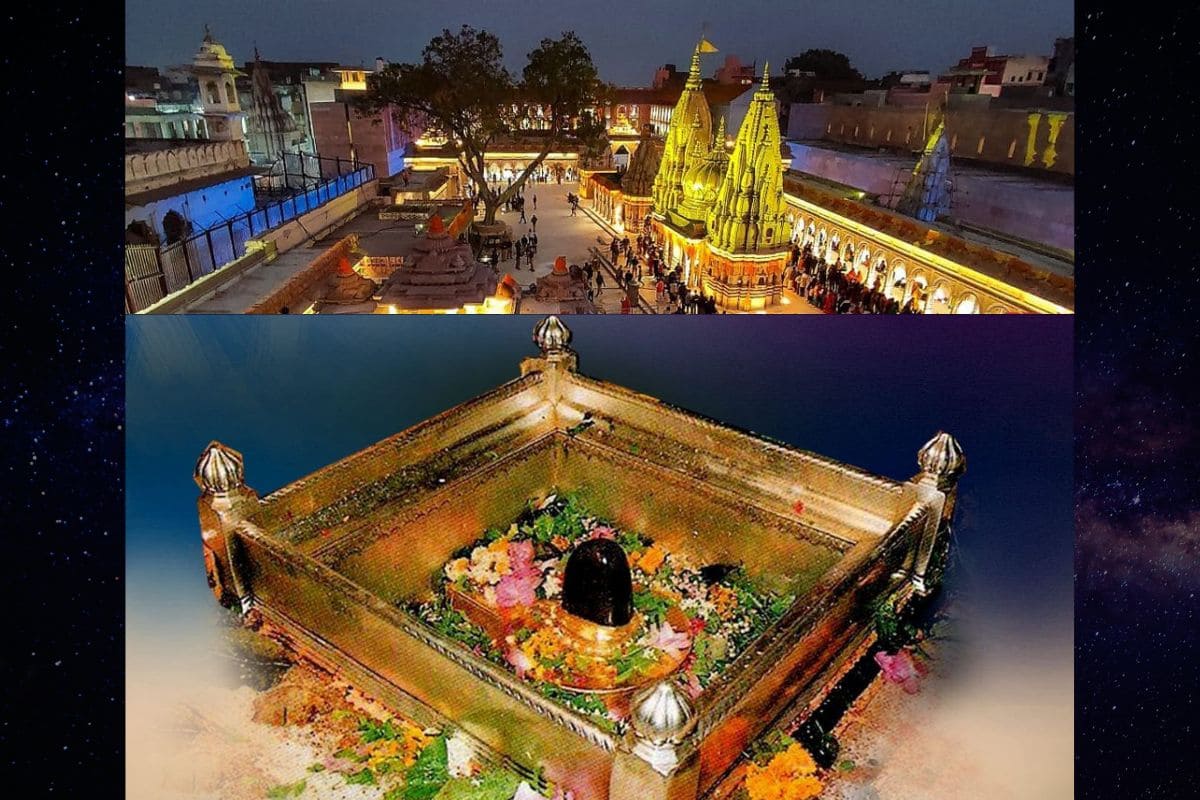
Kashi Vishwanath Jyotirlinga temple history, Significance, location, nearest place
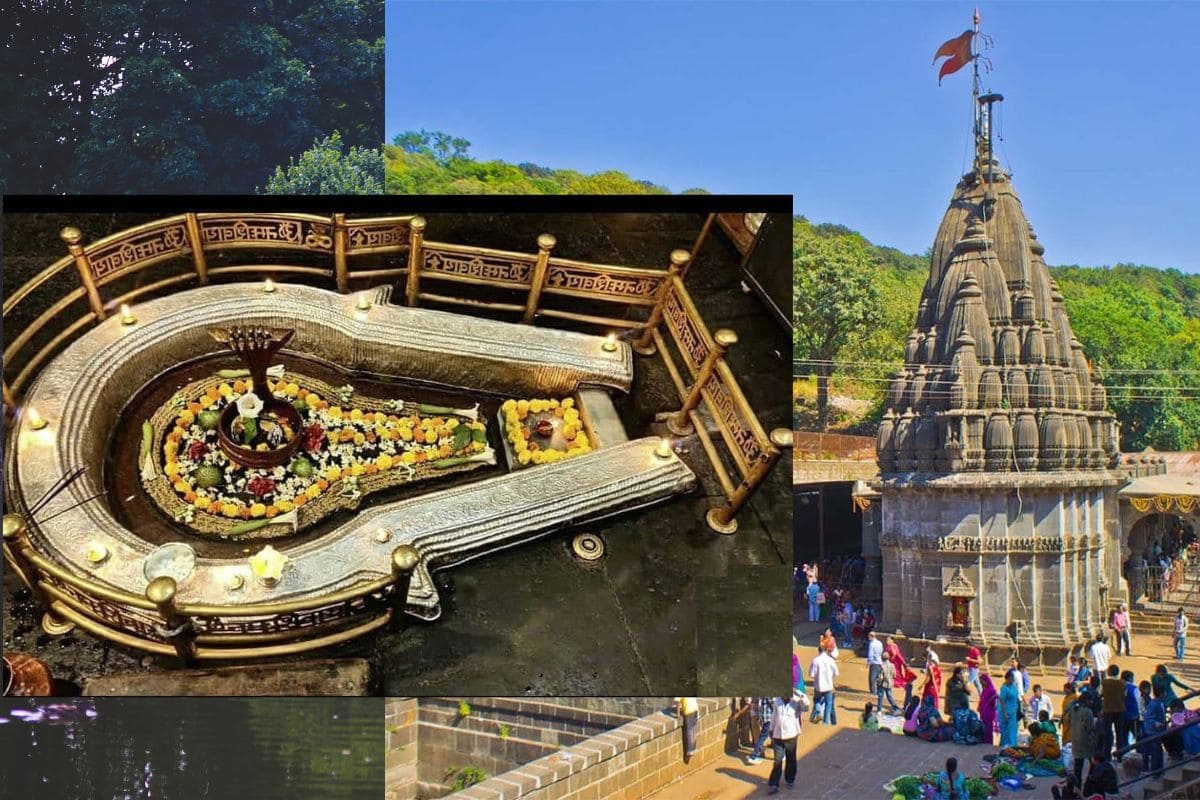
Bhimashankar Jyotirlinga temple history, Significance, location, nearest place
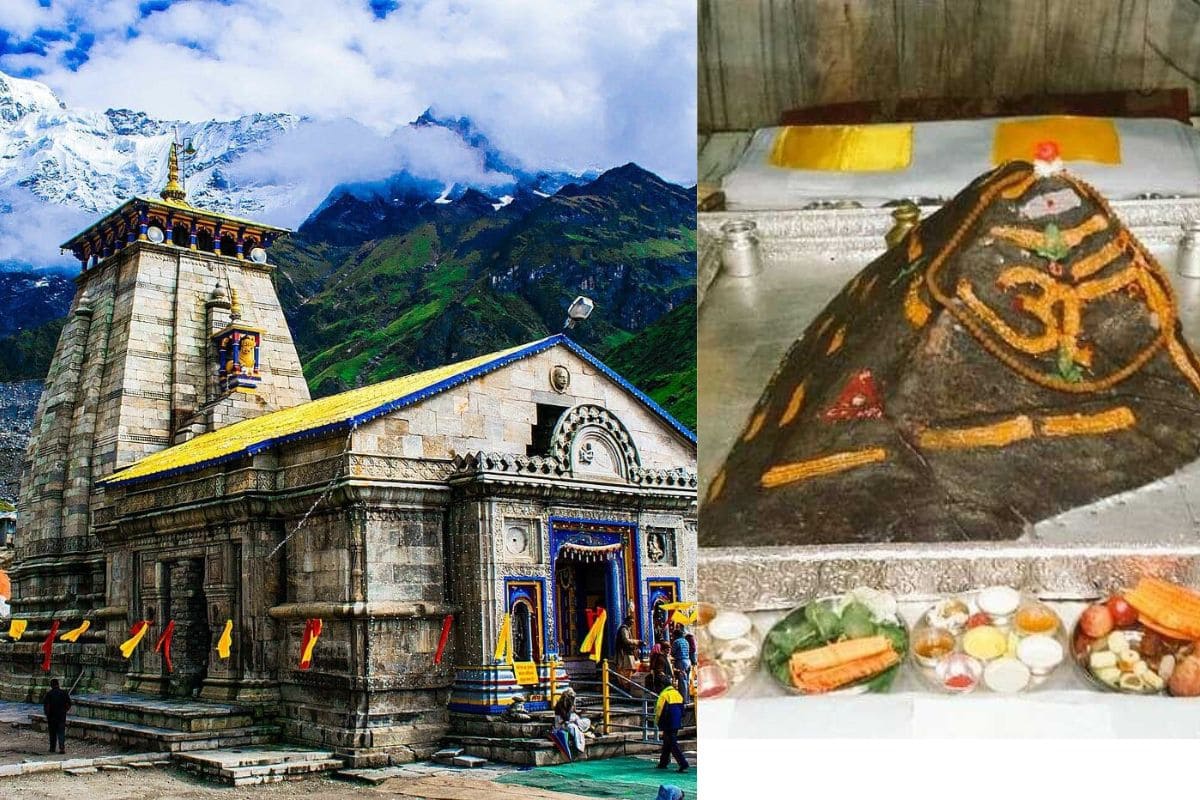
Kedarnath Jyotirlinga temple history, Significance, location, nearest place
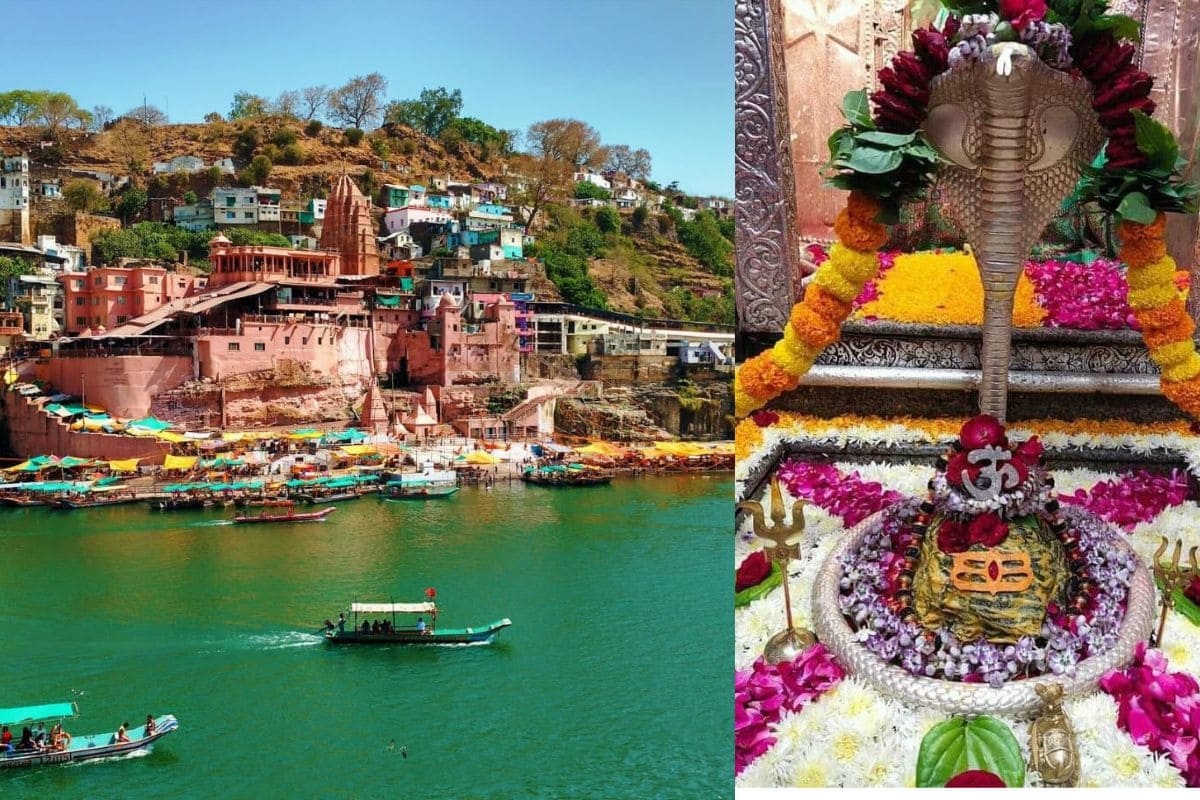
Omkareshwar Jyotirlinga temple history, Significance, location, nearest place
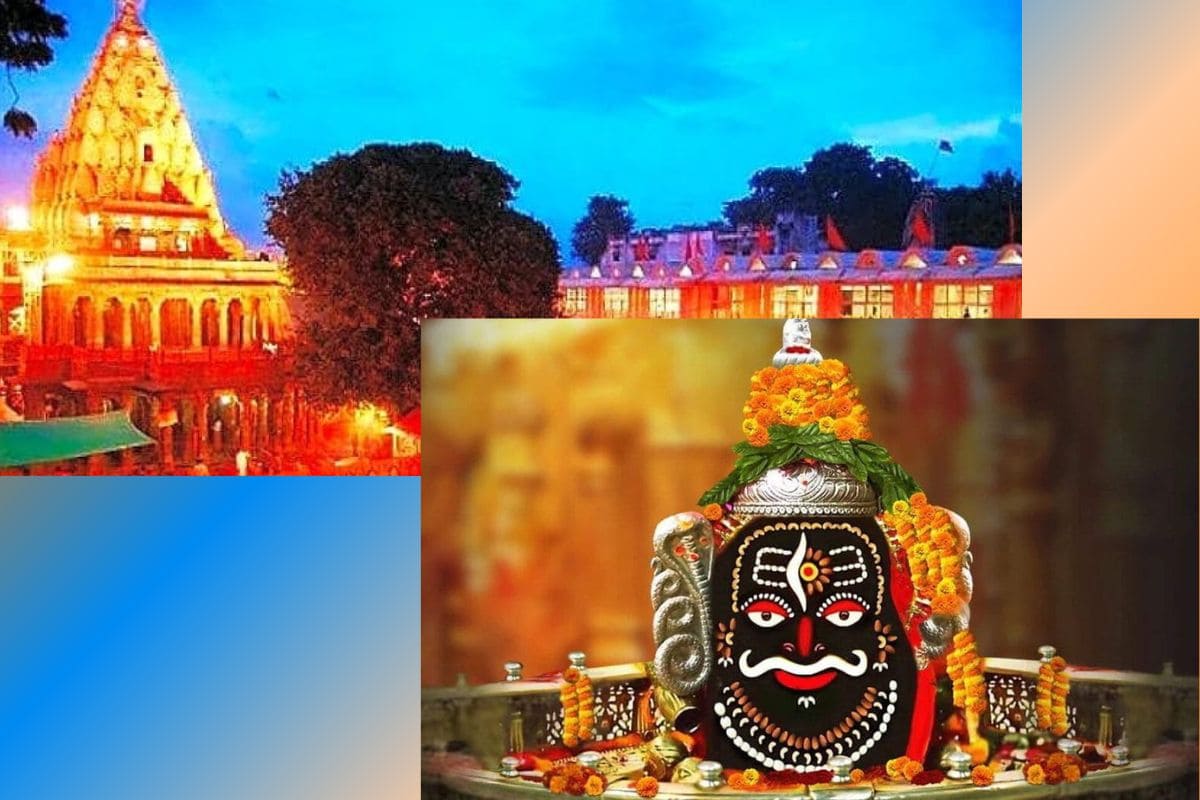
Mahakaleshwar Jyotirlinga temple history, Significance, location, nearest place
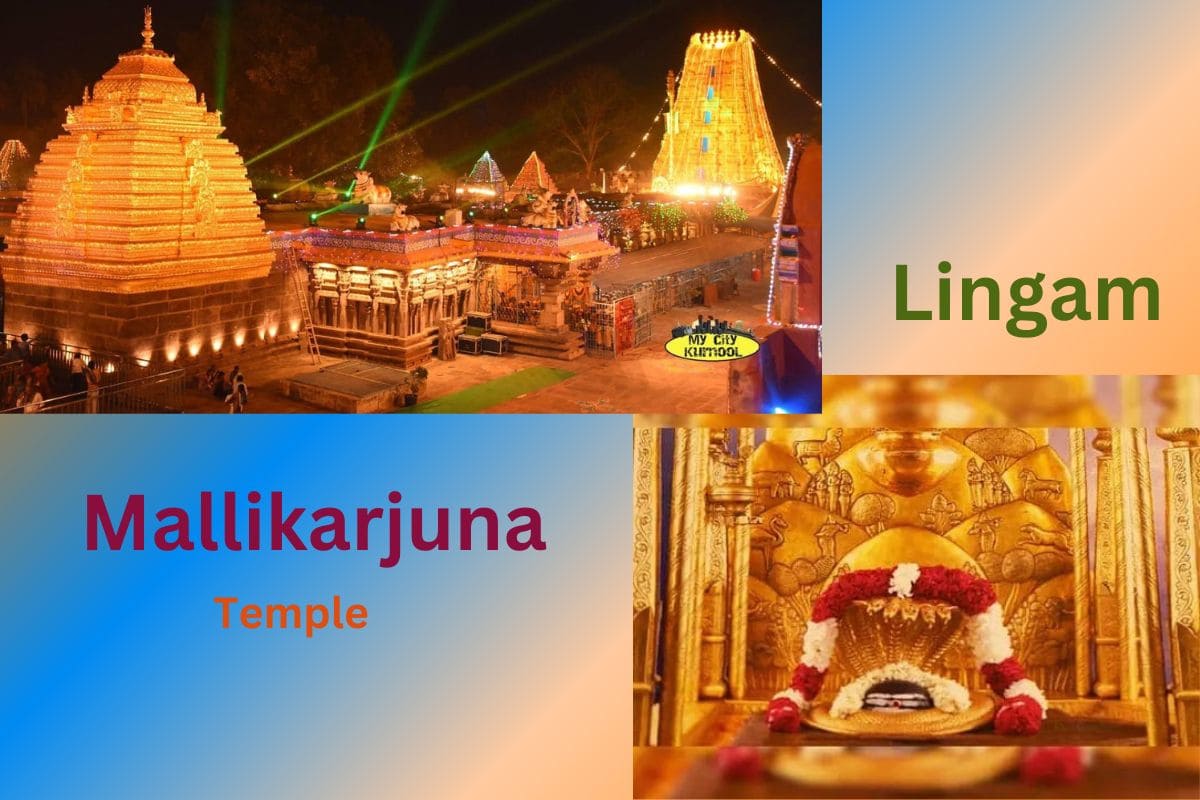
Mallikarjuna Jyotirlinga temple history, Significance, location, nearest place
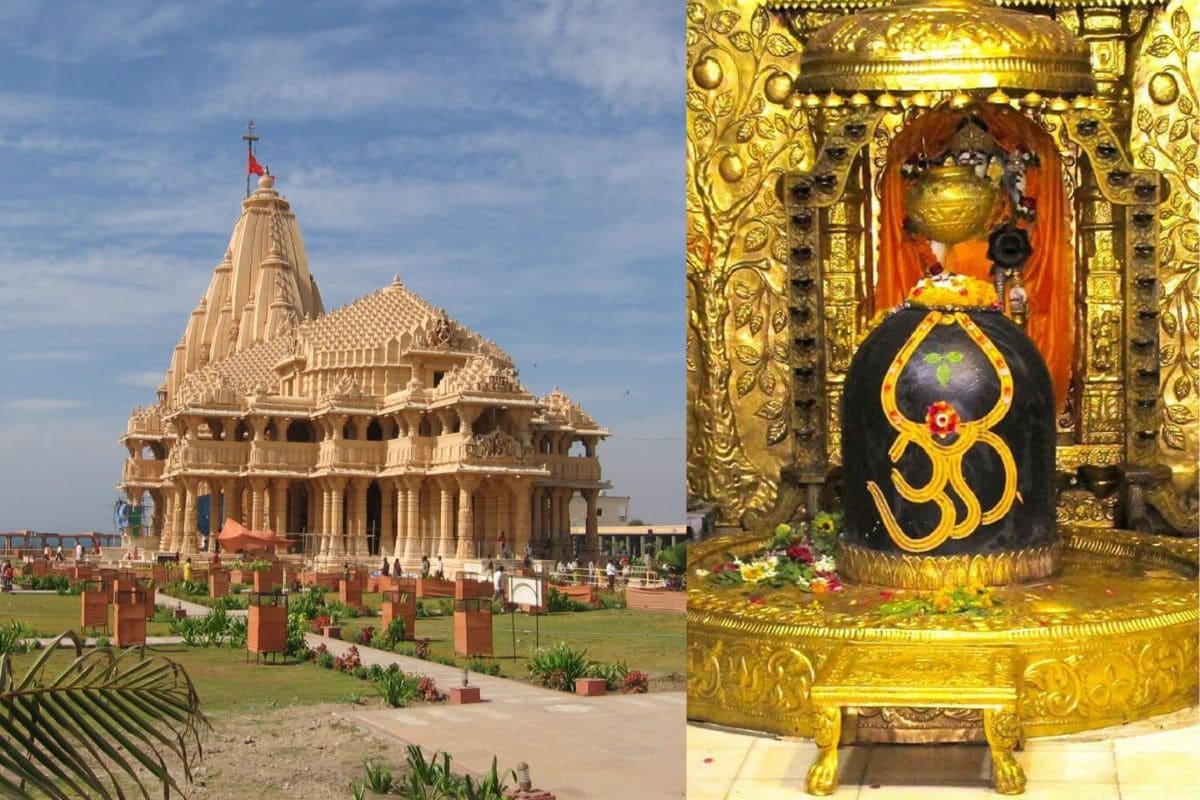
Somnath Jyotirlinga temple history, Significance, location, nearest place
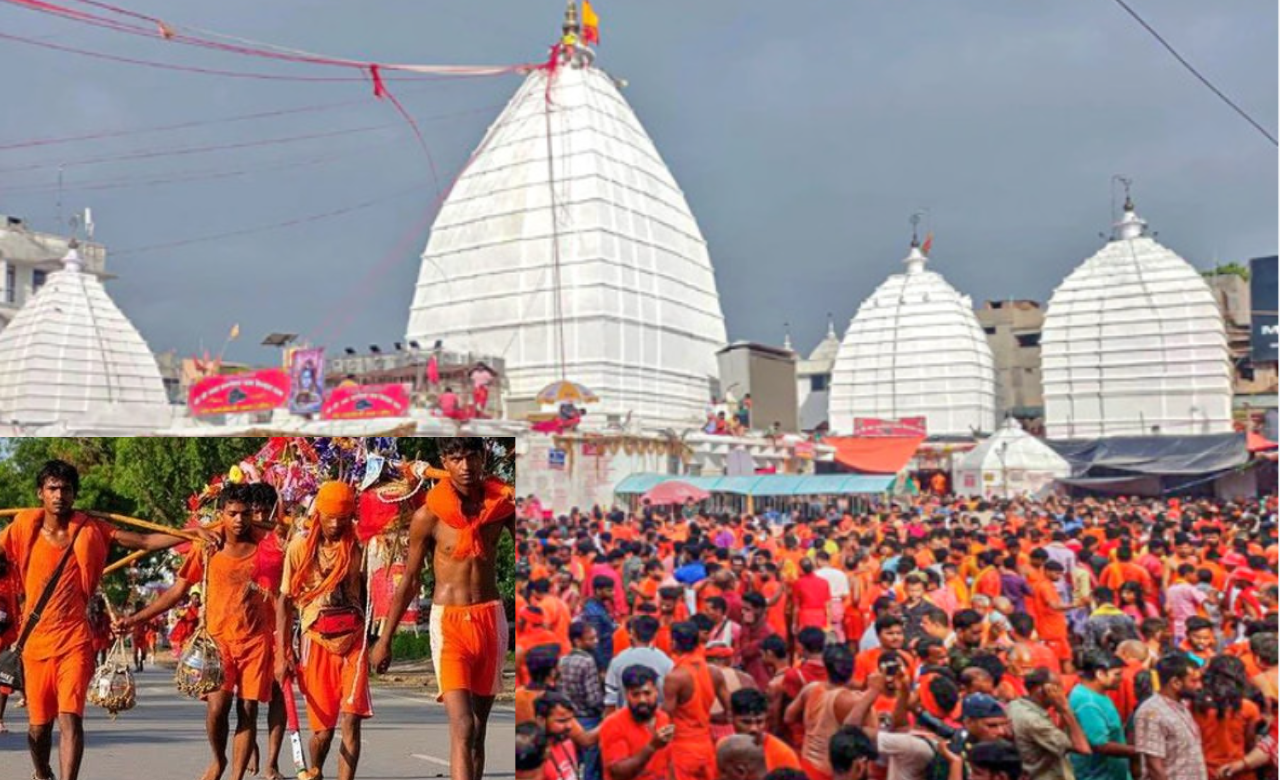
Why the Kanwar Yatra is important in Shravan month?
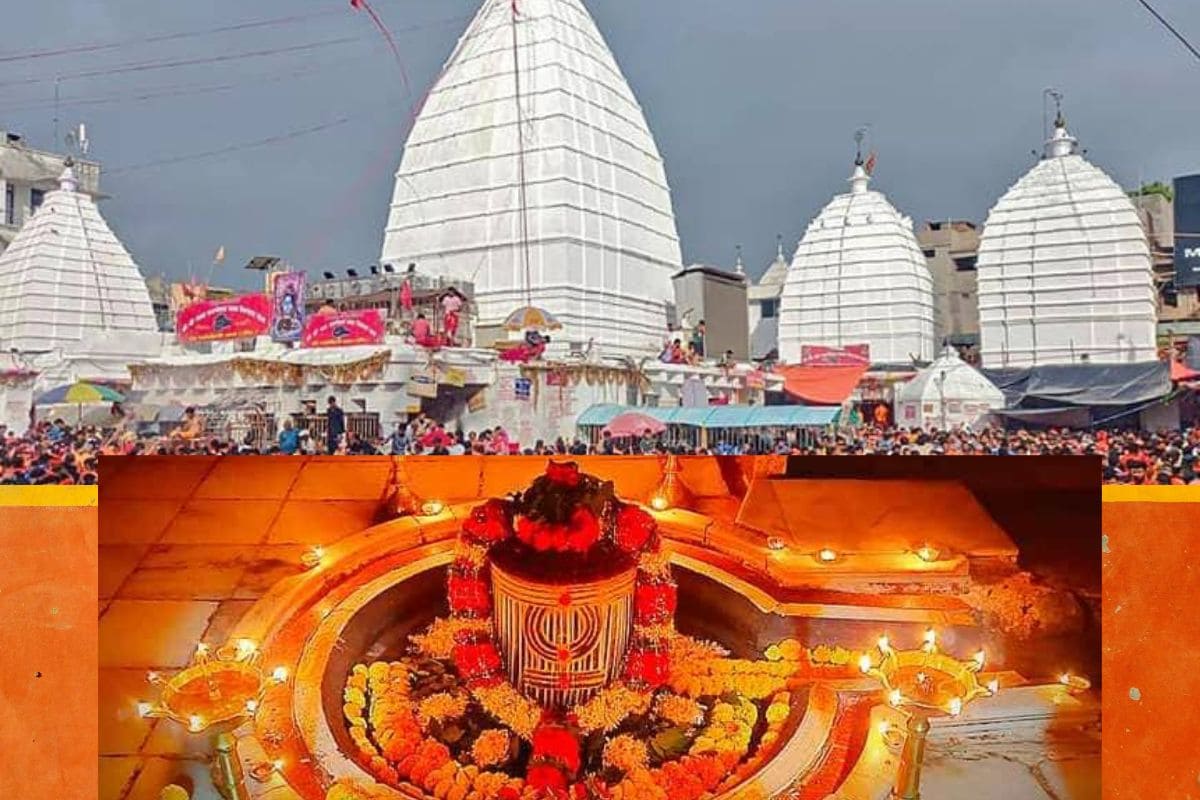
12 Jyotirlingas Name, Place, Location

What is Full stack Developer?

What is Education? Why It’s Important for Everyone’s Success.

100% Get Free Web Hosting and Domain

Typing professional site is real or fake



